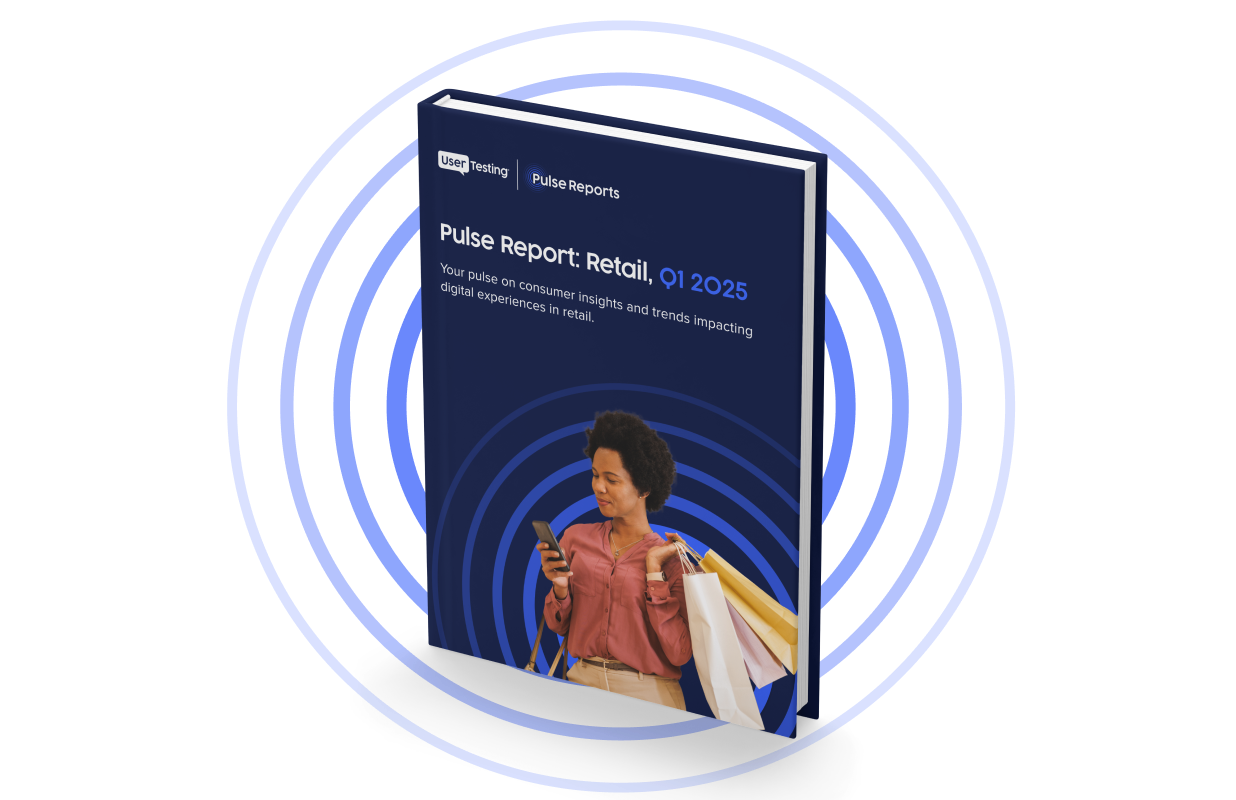
How too much choice can be a problem for online retailers

How too many products and options on retail websites can impact conversions and how we can solve this problem with UX design.
Choice is generally a good thing in online retail. Offering a wide variety of products helps you appeal to a broad range of customers, and helps attract many long tail searches. It’s even been credited as one of the reasons for Amazon’s success.
However, there is a flipside to offering choice: it can make it harder for shoppers to make a decision on the product and the options they want.
This is know as choice paralysis. The theory is that, the more choices the customer has to make, the harder it is to make a decision. This can relate to a wide product range, but also options offered when a customer is ordering, such as having extensive delivery options or product accessories.
Too much choice can lead to two problems for customers:
- Choice paralysis. As outlined above, too much choice can make decisions more difficult, and in terms of ecommerce, can lead to abandoned baskets.
- Buyer’s remorse. When there’s a choice of options, people can worry that, even after purchase, they’ve made the wrong choice. In ecommerce, this may lead to higher returns rates.
Too much choice can affect ecommerce sites in a number of ways:
- Too many products in a single category. For example, some searches on Amazon produce large numbers of results – this one has more than 30,000:

- Lots of product customization options. For example, some domain name sites will have so many extras and add-ons that it can become overwhelming.
- Too many special offers. Offering deals and discounts can drive conversions, but can also be confusing for shoppers.

So how can retailers address the issue of choice paralysis?
Choice doesn’t have to be a problem if retailers provide the right information and features that help customers decide on a purchase.
Help people make a decision
Often, when presented with lots of options, the problem the user has is that they just don’t know enough to differentiate between options.
This is where sites need to help users with information, and the way options are presented to them.
Here’s a good example from Curry’s, which has a comparison table option for users to view products like laptops or cameras side by side.
It lays out and highlights key information on RAM, screen size and so on. Little details can help too, such as the ‘highlight differences’ option which shows the factors in which the products differ.
It’s about making it easier for people to see the details they need to make a decision, without having to work too hard to find them.

Insurance is another area where users may not be aware of every detail. Here, things like well-placed tool tips can help to explain some of the features and what they mean.
Insurance quote forms can be quite lengthy, and confusion over details can lead to people abandoning forms, so clear information at the right time can reduce this problem.

Help users to narrow choice
Choice isn’t necessarily a bad thing if users are able to narrow the selection down by sorting and filtering products.
Here, a search for cordless drills on Home Depot returns hundreds of results. This may seem overwhelming at first, but there is help for users.

First of all, it highlights best sellers and key deals, which can offer an easy shortcut for shoppers. It also places buyer’s guides for people who need a little more detail.
The filtering options do their job well here, reducing the selection from hundreds to just nine products, thanks to filters on brand, price, reviews and those items available to pick up in store.
Limit choice
Reducing the number of available products isn’t necessary, but highlighting key items like best sellers or new arrivals can provide ideas for shoppers that save them from searching further.
There can also be too much choice in terms of product categories when customers land on a site. Mega menus used to be a popular choice on ecommerce sites, giving customers a range of options to choose from.
More recently, the trend has been to reduce choice here, by simplifying primary navigation options.
This is a way to reduce choice paralysis by choosing fewer product categories, to ease customers into the site, and product selections more quickly.
IKEA is one example of this. It’s a site with a large product selection, but shows just five categories in the top navigation, reduced from 10 previously.

Customer reviews
One great way to help customers to decide is to show user reviews. For those that don’t want to trawl through all the detail, reviews can help them find a product that suits their needs. .
By showing either very general review data such as overall rating or more specific details like ratings for product features or the type of buyer, or they can narrow their choice effectively.

Intelligent product recommendations
One way a site like Amazon addresses the potential problems around choice is to learn more about its customers, so that it shows products that relevant to each customer.
This means that customers can begin to view product they’re likely to be interested in based on previous browsing and purchase history, thereby narrowing choice.
Here’s my Amazon homepage. Amazon has figured out that I have a golden retriever and have recently been looking for phone accessories.

In summary
Choice paralysis can be a problem in ecommerce, but this doesn’t mean choice is a bad thing in itself.
Sites need to look at their own data and observe users of the site to identify points in the customer journey where choice may be an issue, and look to limit the problem.
Once identified, choice paralysis is an issue that can be addressed through good design and information, and tools to narrow down the choice of products.
Related reading: How to build an ecommerce website: tips and guidelines

Pulse Report: Retail, Q1 2025
Uncover the drivers behind consumer loyalty and how innovative retailers succeed in this quarterly Pulse Report.





